The youth of a barrel samples represents a window into the future, just as a baby, child or teenager shows traits distinct to the person they will become. Tasting samples at such an early stage are the purest way to understand the true personality of a wine. The value of experiencing an unadulterated soul with each of your sense gives you the wisdom of a mother, of a father, and of a winemaker. You can envision the evolution and infinite depth of each unique wine – Jean Hoefliger, Alpha Omega
Most wine lovers have heard the term “barrel tasting.” Yet, some wonder how does it really work, and what does it represent in the wine evolution process?
Barrel aging is a process adapted many centuries ago. The use of oak has been prevalent in winemaking for over 2,000 years. In early wine history, the amphora, a large clay vessel, was the only viable vessel for storage and transportation. The Roman Empire is credited with pioneering wood maturation practices. Ancient winemakers discovered that wine stored in barrels took on properties that improved the overall flavor and texture such as smoke, spice and vanilla.
During the aging process, wine is regularly tasted by a winemaker and his team, which may be comprised of vintner, assistants, a variety of winery personnel, and (occasionally) their peers. It’s tasted in various stages of development in order to determine its progress and direction, and to ascertain whether the wine requires tweaking. The ultimate goal is to determine when the wine is ready to be blended and bottled.
High-end wine brands often keep wine in barrel for up to two years, some even as long as 36 months. This affords a winemaker a far longer period to watch over the wine’s evolution. However, longer aging times add to the financial risk associated with the production of that vintage. Longer aging must produce a superior product in order to justify increased cost and price.
In California, a Napa Valley innovator, Andre Tchelistcheff pioneered the usage of barriques (fifty-nine gallon, Bordeaux style barrels) back in the 1960s.
What’s on Your Wine Mind?
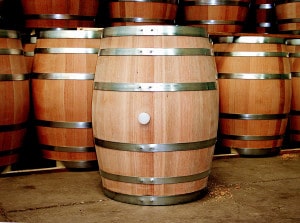
Wines from a barrel are, naturally, in a rougher stage; with harsher tannins and far less pleasing mouthfeel. They may range in taste all the way from fermenting grape juice, to a close approximation of the finished product, to a complete composition, depending on its evolutionary stage.
Barrel samples should be judged differently from finished wines. Since the wine is in an unresolved state, you will have to play a bit of a detective; disregarding certain overriding clues and focusing on the less obvious.
In a young wine, certain “oaky” elements dominate, especially if the wine is aged in new wood. When the primary flavors of oak aren’t yet resolved, hot, puckery, unforgiving characteristics may emerge. The trick is to evaluate the fruit and floral components that are below the oak cloak. Focusing on wine’s subtler flavors will afford an opportunity to glance into the wine’s future.
The great news is that, over time, harsher flavors will likely subside, revealing luscious fruit and spices. Nuance, elegance, complexity, refinement will emerge once the wine sheds its “baby fat.” The wine has a “voice” early on. It takes intense focus to determine what the young wine is telling you.
Barrel tasting a great palate exercise. When you taste wine at an early stage in its development you are in a far better position to gain an in-depth knowledge of the wine’s components and how cohesively they are playing in the barrel. Discerning what the wine may taste like when the oak resolves itself and recognizing its subtler flavors makes you feel like a wine Jedi.
The best part of barrel tasting is that it’s fun! You get to play winemaker for a day, to walk in his boots, and test your prognostication prowess.
Professional Barrel Tastings
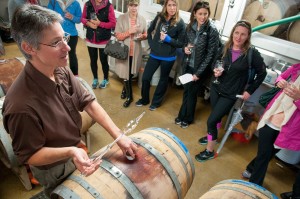
Overall, it’s a wine win-win. For the producers, selling futures allows them to benefit from early cash flow and a guaranteed sale. Both trade and retail consumers seize the opportunity to secure highly allocated wines, often at lower prices.
The wines most commonly offered en primeur are from French regions, predominantly Bordeaux; to lesser extent, Burgundy and Rhone. Every spring, worldwide press and trade descend on the regions to taste barrel samples of young wines. Based on their initial evaluation, the wines are given a preliminary rating range, indicating the taster’s good faith belief that once mature, it will exhibit qualities warranting pre-assigned point scores.
Famous wine critics, such as Robert Parker have tasted “en primeur” for decades, guiding consumers through the maze of successful and lesser vintages in Bordeaux. A lot of his readers made small fortunes as a direct result of Parker making the right calls. Even when other famous wine personalities showed skepticism or restraint, Parker trusted his palate. Historically proven to be a very successful strategy, it earned him a title of the world’s most powerful critic.
Domestically, the most famous barrel tasting event is Premier Napa Valley, an annual, trade-only auction, held in February. It offers eager retailers an opportunity to acquire some of the most unique blends made in 5 to 20 case quantities form their favorite producers. (Read more here)
Last year, Sonoma joined the ranks of en primeur by launching the Sonoma County Barrel Auction. Its second rendition is slated for April 2016. (Read more here)
What’s in a Barrel?
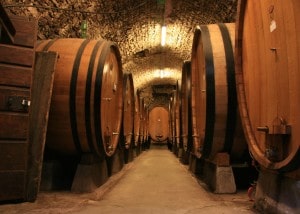
It’s worth a mention that wine can be aged in other vessels, such as stainless steel, concrete or terracotta amphoras. Free-floating oak chips are used in lower end wines instead of barrel aging to save cost.
However, there is nothing like fine oak. The barrels are usually made from 100+ year-old oak trees that are typically harvested in winter months, while in a dormant stage. An average tree provides enough wood for two barrels.
Oak’s permeable chemical composition facilitates evaporation and, the all-important, oxygenation. It also intensely impacts the taste of finished wine. It lets some air in the barrel and lets some juice escape, a phenomena referred to as “Angel Share.” Typically, a 59-gallon barrel can lose five to seven gallons annually through evaporation. This gradual process allows the wine to concentrate the flavors and aromatics, with oxygen acting as a moderator to resolve tight, tough tannins.
Strong vanilla flavors are typically generated by the chemicals present in the wood. The inner surface of the barrel’s staves are fire-charred. The barrel’s “toast” level dramatically affects the tannin levels while protecting the wine from oxidation.
Several species of oak are used for barrel production. American oak is fashioned using “white” oak that is characterized by rapid growing, low wood tannin and broad grain. American oak tends to be more intense than French, showcasing honeyed, vanilla-like overtones. Winemakers typically use American oak to craft bigger, bolder, authoritative wines. Because of this oak’s modest tannin content, it allows the fruit to integrate harmoniously, contributing to a wide array of complex aromas and flavors.
French oak comes from woods of Allier, Limousin, Nevers, Tronçais and Vosges. These are world-famous forests; each origin imparts different flavor profiles.
French oak barrels are made from regular and special “white” oak species. White oak is considered to be superior due to its finer grain. The tighter the grain, the more gradual the fusion of flavors resulting in a more finessed wine. French oak typically generates more translucent tannins that results in wines that are “sweeter,” toastier and that exhibit more floral and fruit characters.
Winemakers select barrels from different cooperages, from diverse regions and possessing various degrees of toast in order to create certain flavor profiles.
In addition to France and US, barrels are produced in Italy, Hungary, Russia, and Canada. Crafting a barrel is a long and costly process that can take up to three years. Cost varies by cooperage. Typically, Hungarian or Russian barrels cost less than $600, American oak barrels range from $600-$800 and French oak sell for as much as $1200.
The size of the barrel plays a large role in determining the wine’s flavors, by impacting the surface to volume ratio – the smaller the vessel, the greater the impact.
New barrels impart much more flavor than used ones. Inherent oak “goodies” gradually trickle out of the barrel. Layers of natural deposits from the wine “build up,” weakening the oak’s properties. Used barrels exhibit less oxygen transfer, which is required for maturation.
How to Have a Barrel of Fun
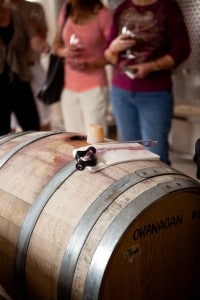
Look for the regional opportunities closest to you, or simply make a few private appointments on your next wine trip. There are a number of excellent barrel tastings in Napa, Sonoma and other wine countries.
Here is what you could potentially request at your favorite winery:
- Ask to taste the individual varietal components that will eventually be used to comprise the final blend.
- Ask for a mini-vertical, different vintages of the same wine.
- Ask to try “off-the-beaten-path” or experimental varieties.
- Ask to sample wines from the winemaker’s favorite barriques. Not all of them will admit to it, but almost all have pet barrels.
- Ask to try different clonal components, which are often segregated till blended.
- Ask to try the same varietals from different vineyard sources.
- Ask for a “side by side” comparative tasting: same wine, from the same vintage, made using different oak treatments or cooperages.
Compare your findings to finished wines. Listen to your palate but most importantly, listen to the winemaker—I find it most instructive. Winemakers taste wine all the time, take copious notes, meticulously evaluate and re-evaluate flavor profiles. Ask them about their perspective on its evolution.
Above all, have a great time! That’s the most important part of an enjoyable barrel experience.

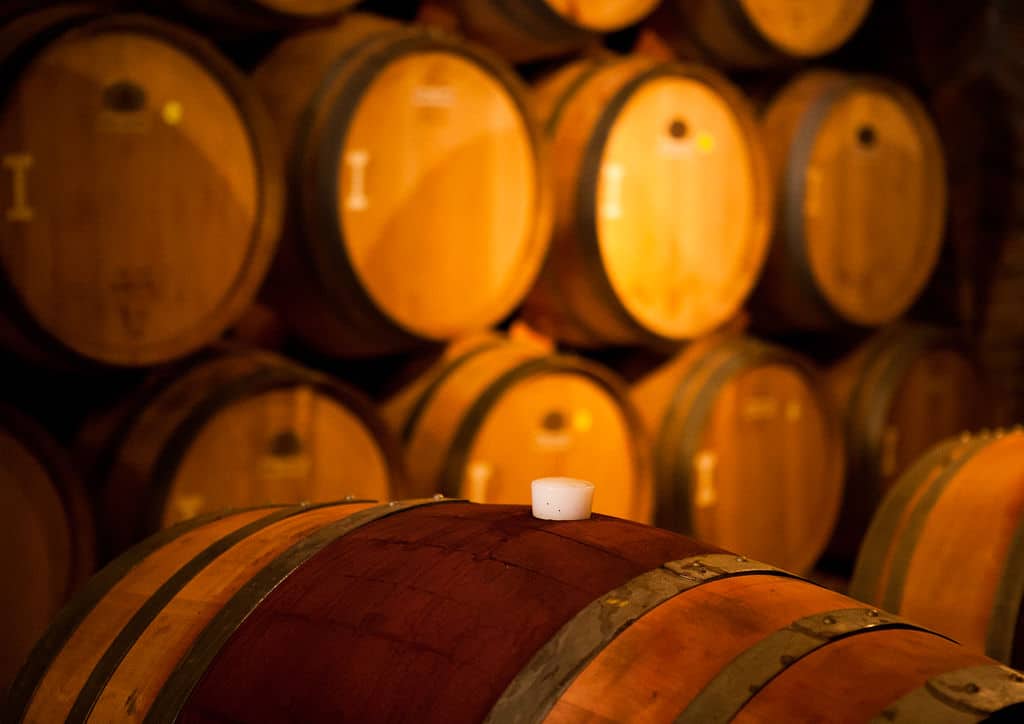


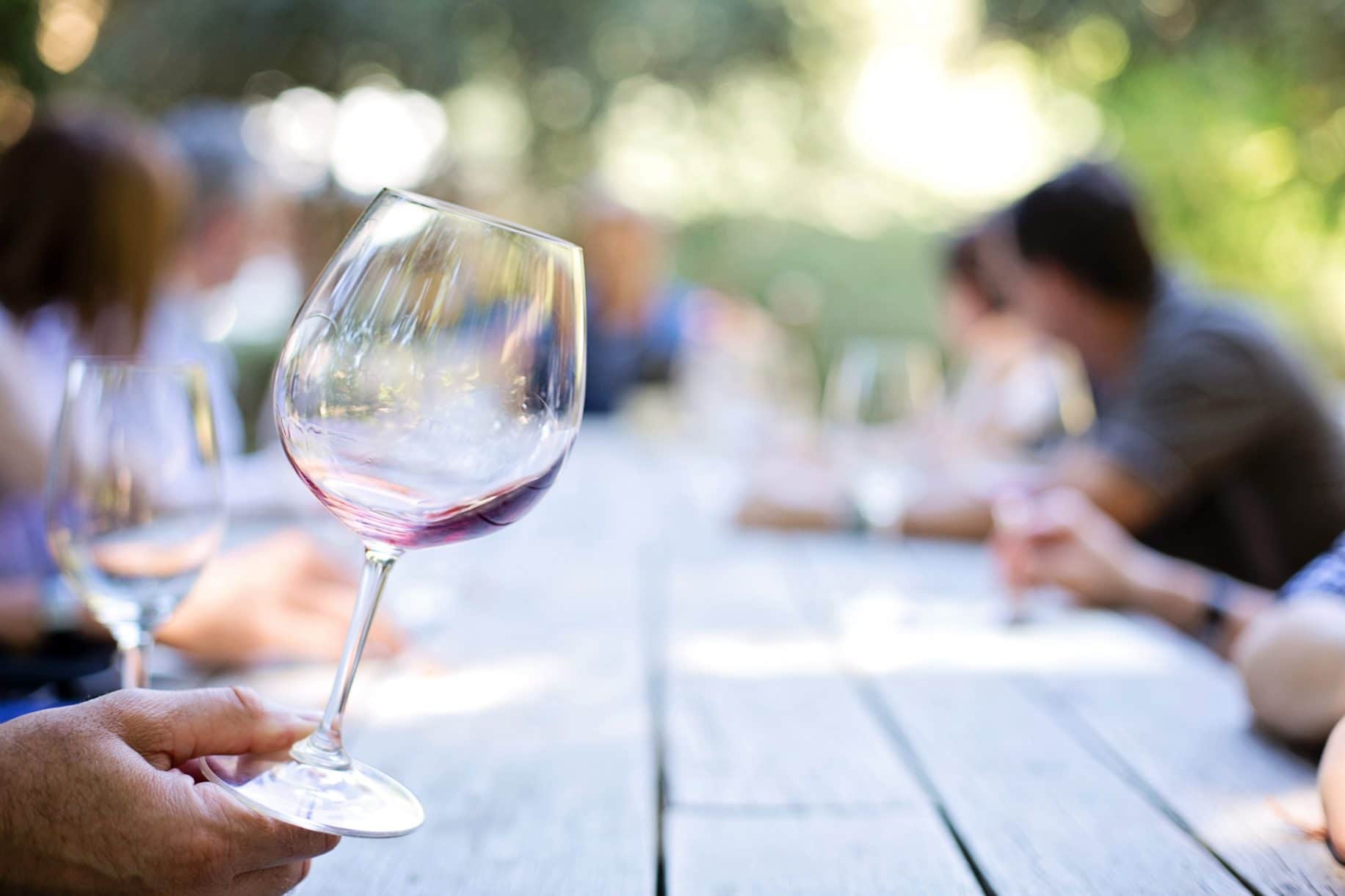

You must be logged in to post a comment.